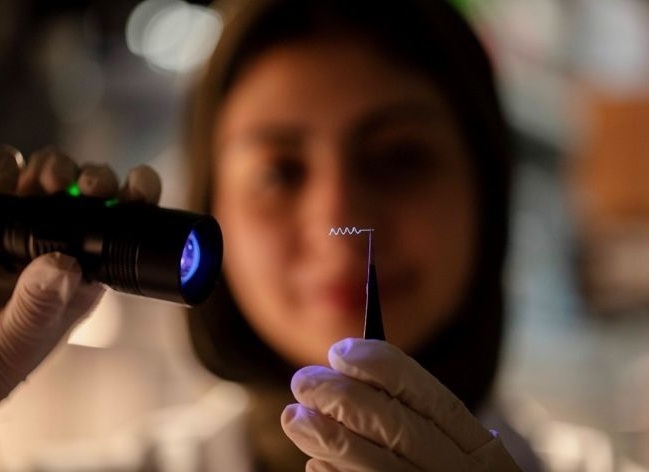Discovery of Omicron Neutralizing Antibodies Could Lead to Effective Treatments for COVID-19 Variants
|
By HospiMedica International staff writers Posted on 29 Dec 2021 |

An international team of scientists have identified antibodies that neutralize Omicron and other SARS-CoV-2 variants, raising hopes of the findings leading to the development of more effective vaccines and antibody treatments for COVID-19 variants.
In a research project supported by the Howard Hughes Medical Institute (Chevy Chase, MD, USA), researchers identified the antibodies which target areas of the virus spike protein that remain essentially unchanged as the viruses mutate. By identifying the targets of these “broadly neutralizing” antibodies on the spike protein, it might be possible to design vaccines and antibody treatments that will be effective against not only the Omicron variant but other variants that may emerge in the future.
The Omicron variant has 37 mutations in the spike protein, which it uses to latch onto and invade cells. This is an unusually high number of mutations. It is thought that these changes explain in part why the variant has been able to spread so rapidly, to infect people who have been vaccinated and to re-infect those who have previously been infected. The researchers speculate that Omicron's large number of mutations might have accumulated during a prolonged infection in someone with a weakened immune system or by the virus jumping from humans to an animal species and back again.
To assess the effect of these mutations, the researchers engineered a disabled, non-replicating virus, called a pseudovirus, to produce spike proteins on its surface, as coronaviruses do. They then created pseudoviruses that had spike proteins with the Omicron mutations and those found on the earliest variants identified in the pandemic. The researchers first looked to see how well the different versions of the spike protein were able to bind to protein on the surface of cells that the virus uses to latch onto and enter the cell. This protein is called the angiotensin converting enzyme-2 (ACE2) receptor. They found the Omicron variant spike protein was able to bind 2.4 times better than spike protein found in the virus isolated at the very beginning of the pandemic.
The researchers then looked at how well antibodies against earlier isolates of the virus protected against the Omicron variant. They did this by using antibodies from patients who had previously been infected with earlier versions of the virus, vaccinated against earlier strains of the virus, or had been infected and then vaccinated. They found that antibodies from people who had been infected by earlier strains and from those who had received one of the six most-used vaccines currently available all had reduced ability to block infection. Antibodies from people who had previously been infected and those who had received the Sputnik V or Sinopharm vaccines as well as a single dose of Johnson & Johnson had little or no ability to block – or “neutralize” – the Omicron variant's entry into cells. Antibodies from people who had received two doses of the Moderna, Pfizer/BioNTech, and AstraZeneca vaccines retained some neutralizing activity, albeit reduced by 20- to 40-fold, much more than any other variants.
Antibodies from people who had been infected, recovered, and then had two doses of vaccine also had reduced activity, but the reduction was less, about fivefold, clearly demonstrating that vaccination after infection is useful. Antibodies from people, in this case a group of renal dialysis patients, who had received a booster with a third dose of the mRNA vaccines produced by Moderna and Pfizer/BioNTech showed only a 4-fold reduction in neutralizing activity. All but one antibody treatments currently authorized or approved to be used with patients exposed to the virus, had no or had markedly reduced activity against Omicron in the laboratory. The exception was an antibody called sotrovimab, which had a two- to three-fold reduction of neutralizing activity, the study found.
But when they tested a larger panel of antibodies that have been generated against earlier versions of the virus, the researchers identified four classes of antibodies that retained their ability to neutralize Omicron. Members of each of these classes target one of four specific areas of the spike protein present in not only SARS-CoV-2 variants but also a group of related coronaviruses, called sarbecoviruses. These sites on the protein may persist because they play an essential function that the protein would lose if they mutated. Such areas are called “conserved.” The finding that antibodies are able to neutralize via recognition of conserved areas in so many different variants of the virus suggests that designing vaccines and antibody treatments that target these regions could be effective against a broad spectrum of variants that emerge through mutation.
“This finding tells us that by focusing on antibodies that target these highly conserved sites on the spike protein, there is a way to overcome the virus’ continual evolution,” said David Veesler, investigator with the Howard Hughes Medical Institute and associate professor of biochemistry at the University of Washington School of Medicine in Seattle.
Related Links:
Howard Hughes Medical Institute
Latest COVID-19 News
- Low-Cost System Detects SARS-CoV-2 Virus in Hospital Air Using High-Tech Bubbles
- World's First Inhalable COVID-19 Vaccine Approved in China
- COVID-19 Vaccine Patch Fights SARS-CoV-2 Variants Better than Needles
- Blood Viscosity Testing Can Predict Risk of Death in Hospitalized COVID-19 Patients
- ‘Covid Computer’ Uses AI to Detect COVID-19 from Chest CT Scans
- MRI Lung-Imaging Technique Shows Cause of Long-COVID Symptoms
- Chest CT Scans of COVID-19 Patients Could Help Distinguish Between SARS-CoV-2 Variants
- Specialized MRI Detects Lung Abnormalities in Non-Hospitalized Long COVID Patients
- AI Algorithm Identifies Hospitalized Patients at Highest Risk of Dying From COVID-19
- Sweat Sensor Detects Key Biomarkers That Provide Early Warning of COVID-19 and Flu
- Study Assesses Impact of COVID-19 on Ventilation/Perfusion Scintigraphy
- CT Imaging Study Finds Vaccination Reduces Risk of COVID-19 Associated Pulmonary Embolism
- Third Day in Hospital a ‘Tipping Point’ in Severity of COVID-19 Pneumonia
- Longer Interval Between COVID-19 Vaccines Generates Up to Nine Times as Many Antibodies
- AI Model for Monitoring COVID-19 Predicts Mortality Within First 30 Days of Admission
- AI Predicts COVID Prognosis at Near-Expert Level Based Off CT Scans
Channels
Critical Care
view channel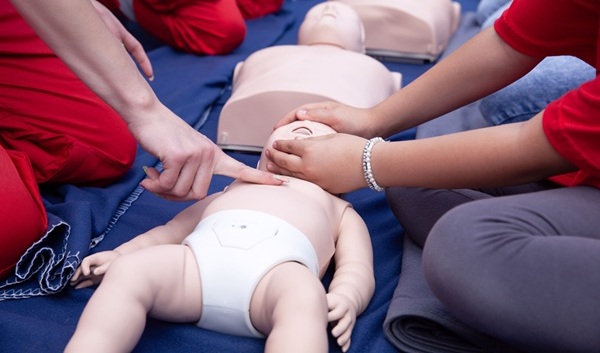
CPR Guidelines Updated for Pediatric and Neonatal Emergency Care and Resuscitation
Cardiac arrest in infants and children remains a leading cause of pediatric emergencies, with more than 7,000 out-of-hospital and 20,000 in-hospital cardiac arrests occurring annually in the United States.... Read more
Ingestible Capsule Monitors Intestinal Inflammation
Acute mesenteric ischemia—a life-threatening condition caused by blocked blood flow to the intestines—remains difficult to diagnose early because its symptoms often mimic common digestive problems.... Read more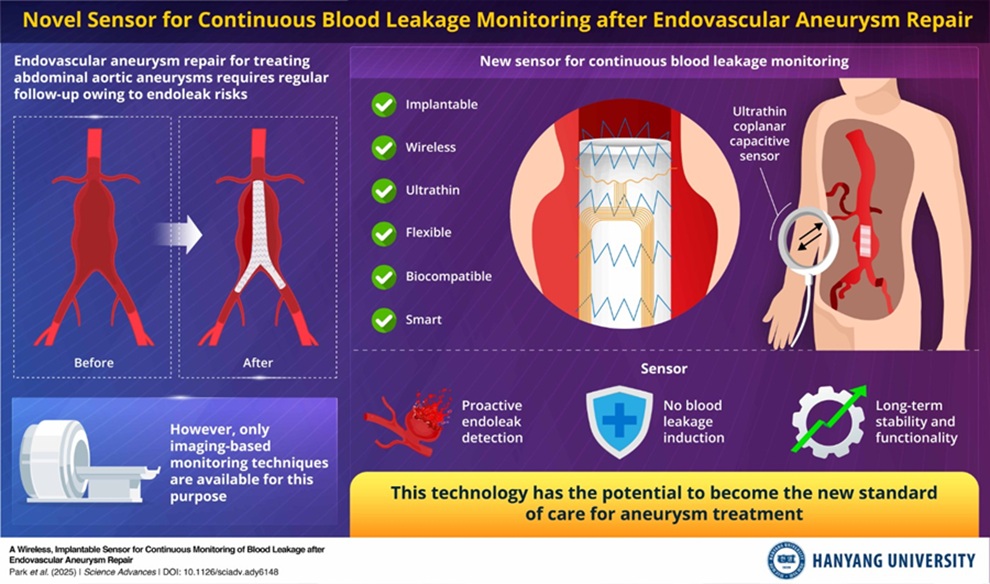
Wireless Implantable Sensor Enables Continuous Endoleak Monitoring
Endovascular aneurysm repair (EVAR) is a life-saving, minimally invasive treatment for abdominal aortic aneurysms—balloon-like bulges in the aorta that can rupture with fatal consequences.... Read more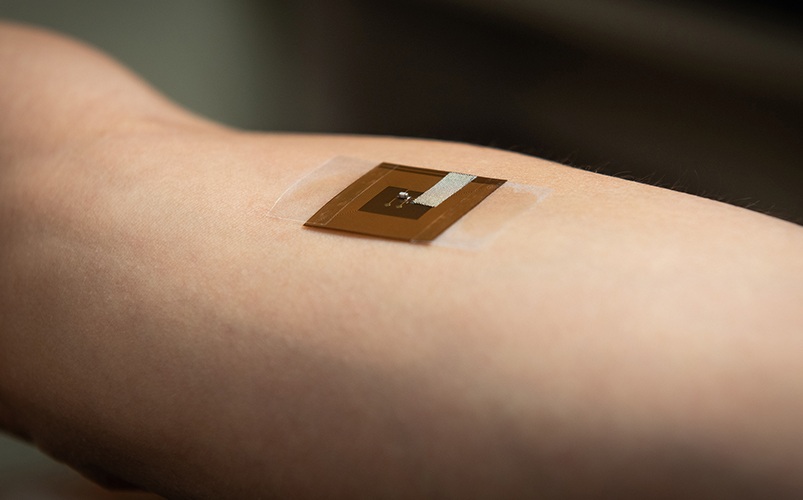
Wearable Patch for Early Skin Cancer Detection to Reduce Unnecessary Biopsies
Skin cancer remains one of the most dangerous and common cancers worldwide, with early detection crucial for improving survival rates. Traditional diagnostic methods—visual inspections, imaging, and biopsies—can... Read moreSurgical Techniques
view channel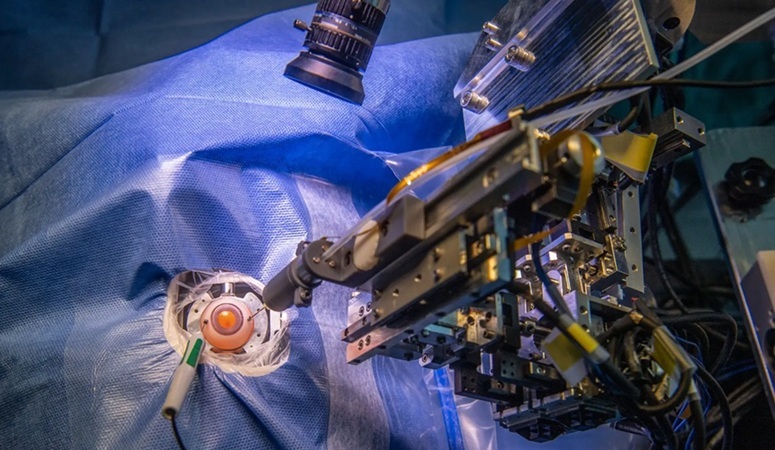
Robotic Assistant Delivers Ultra-Precision Injections with Rapid Setup Times
Age-related macular degeneration (AMD) is a leading cause of blindness worldwide, affecting nearly 200 million people, a figure expected to rise to 280 million by 2040. Current treatment involves doctors... Read more
Minimally Invasive Endoscopic Surgery Improves Severe Stroke Outcomes
Intracerebral hemorrhage, a type of stroke caused by bleeding deep within the brain, remains one of the most challenging neurological emergencies to treat. Accounting for about 15% of all strokes, it carries... Read morePatient Care
view channel
Revolutionary Automatic IV-Line Flushing Device to Enhance Infusion Care
More than 80% of in-hospital patients receive intravenous (IV) therapy. Every dose of IV medicine delivered in a small volume (<250 mL) infusion bag should be followed by subsequent flushing to ensure... Read more
VR Training Tool Combats Contamination of Portable Medical Equipment
Healthcare-associated infections (HAIs) impact one in every 31 patients, cause nearly 100,000 deaths each year, and cost USD 28.4 billion in direct medical expenses. Notably, up to 75% of these infections... Read more
Portable Biosensor Platform to Reduce Hospital-Acquired Infections
Approximately 4 million patients in the European Union acquire healthcare-associated infections (HAIs) or nosocomial infections each year, with around 37,000 deaths directly resulting from these infections,... Read moreFirst-Of-Its-Kind Portable Germicidal Light Technology Disinfects High-Touch Clinical Surfaces in Seconds
Reducing healthcare-acquired infections (HAIs) remains a pressing issue within global healthcare systems. In the United States alone, 1.7 million patients contract HAIs annually, leading to approximately... Read moreHealth IT
view channel
Printable Molecule-Selective Nanoparticles Enable Mass Production of Wearable Biosensors
The future of medicine is likely to focus on the personalization of healthcare—understanding exactly what an individual requires and delivering the appropriate combination of nutrients, metabolites, and... Read moreBusiness
view channel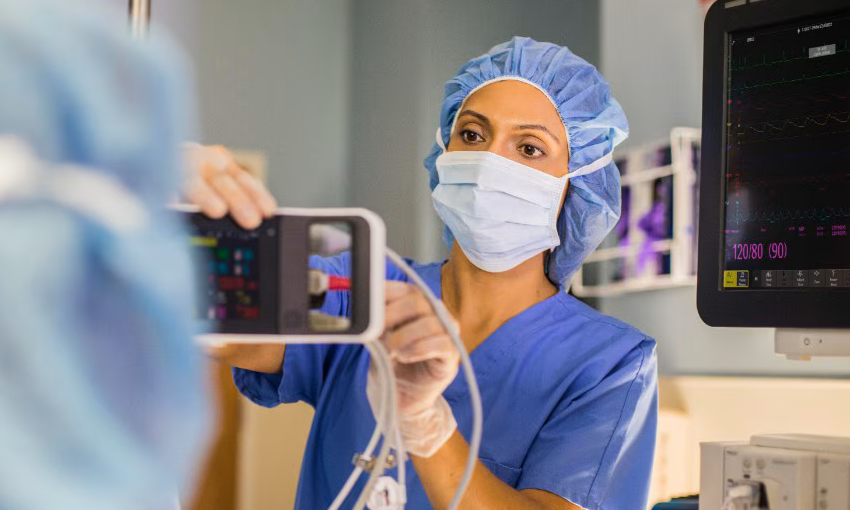
Philips and Masimo Partner to Advance Patient Monitoring Measurement Technologies
Royal Philips (Amsterdam, Netherlands) and Masimo (Irvine, California, USA) have renewed their multi-year strategic collaboration, combining Philips’ expertise in patient monitoring with Masimo’s noninvasive... Read more
B. Braun Acquires Digital Microsurgery Company True Digital Surgery
The high-end microsurgery market in neurosurgery, spine, and ENT is undergoing a significant transformation. Traditional analog microscopes are giving way to digital exoscopes, which provide improved visualization,... Read more
CMEF 2025 to Promote Holistic and High-Quality Development of Medical and Health Industry
The 92nd China International Medical Equipment Fair (CMEF 2025) Autumn Exhibition is scheduled to be held from September 26 to 29 at the China Import and Export Fair Complex (Canton Fair Complex) in Guangzhou.... Read more













